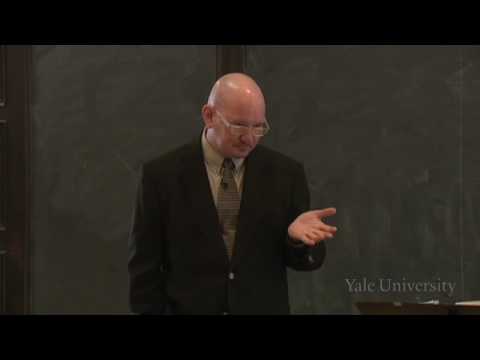13. The Historical Jesus
expand_morethumb_upLike
thumb_downDislike
sendShare
library_addSave
flagReport
YaleCourses check_circle
1K subscribers
Introduction to New Testament (RLST 152)
It is obvious that certain narratives in the New Testament contradict each other and cannot be woven into a historically coherent whole. How, then, do scholars construct who the "historical Jesus" was? There are several principles that historical Jesus researchers follow, which include considering data that 1) has multiple attestations and 2) is dissimilar to a text's theological tendencies as more likely to be historical. Using the modern methods of historical research, it becomes possible to construct a "historical Jesus."
00:00 - Chapter 1. Contradictory Accounts in the New Testament
13:25 - Chapter 2. Finding History in the New Testament
26:27 - Chapter 3. Methods of Historical Jesus Research
47:53 - Chapter 4. Who Was the Historical Jesus?
Complete course materials are available at the Open Yale Courses website: http://open.yale.edu/courses
This course was recorded in Spring 2009.
1
vid:44258
Comments0
unfold_more
